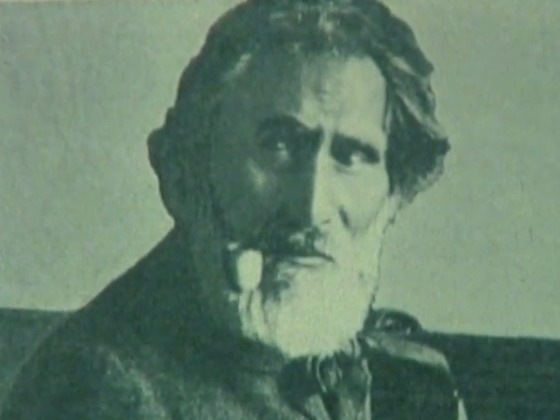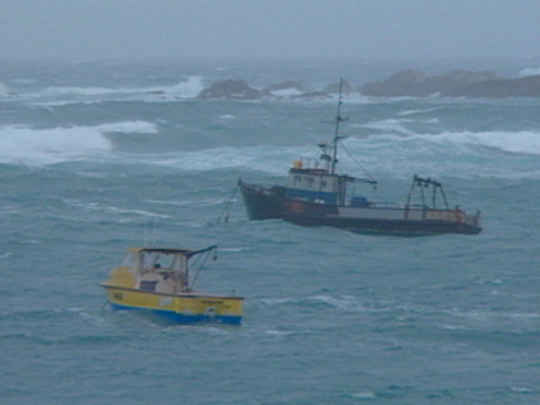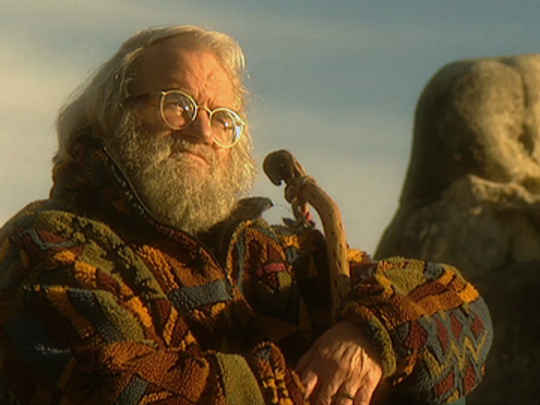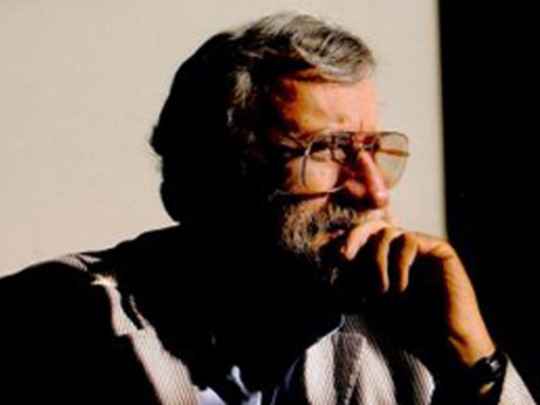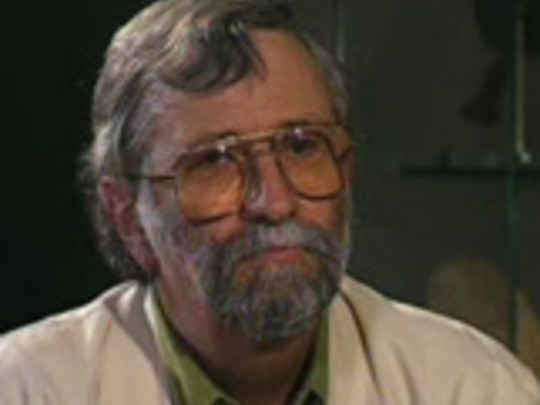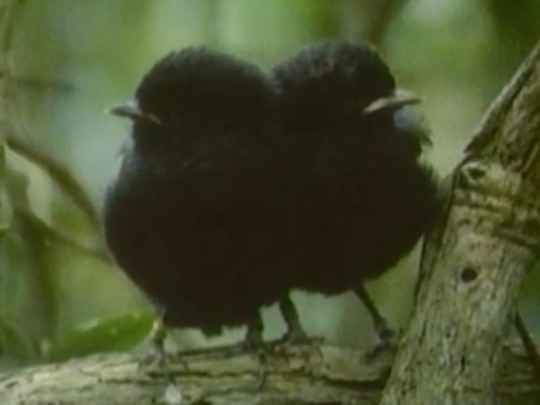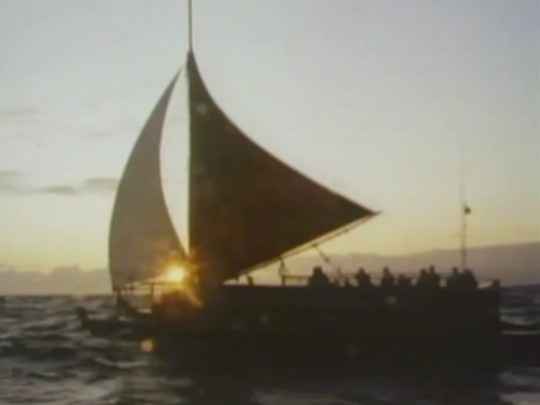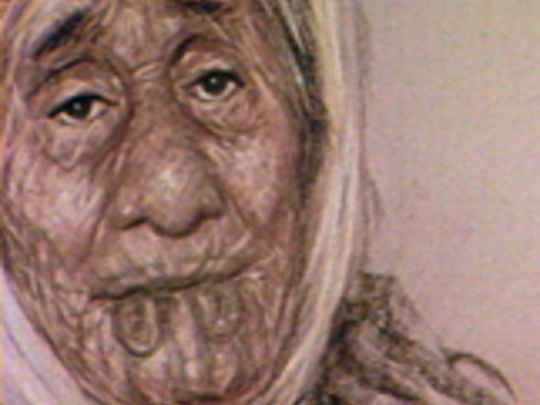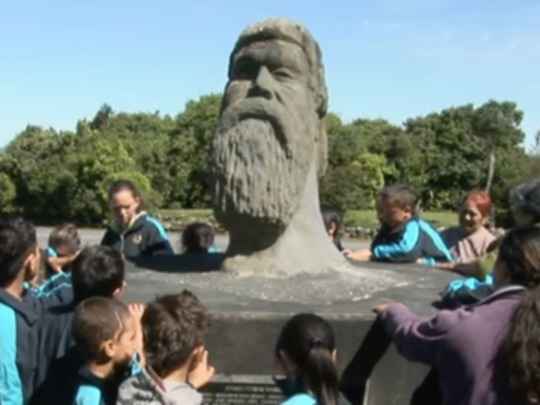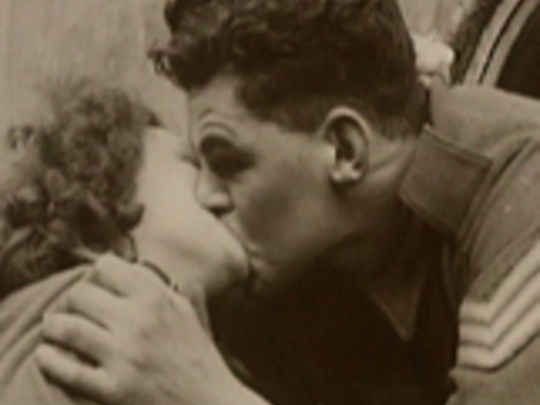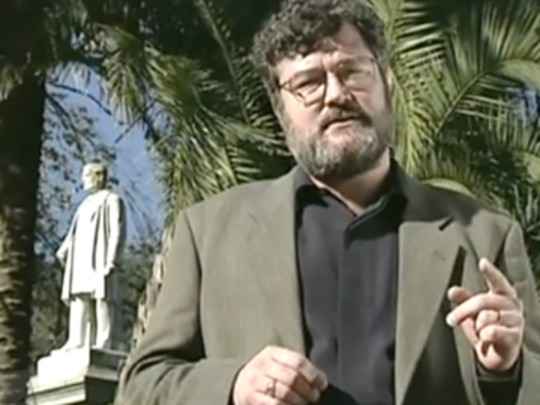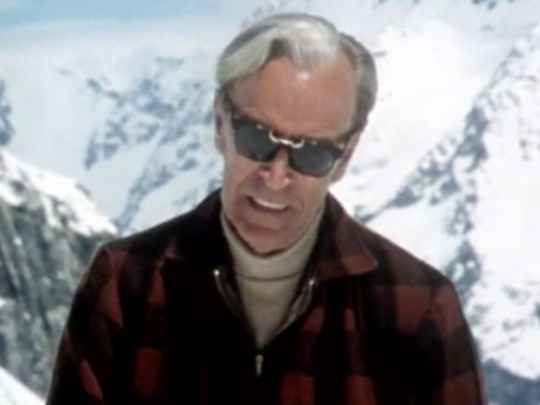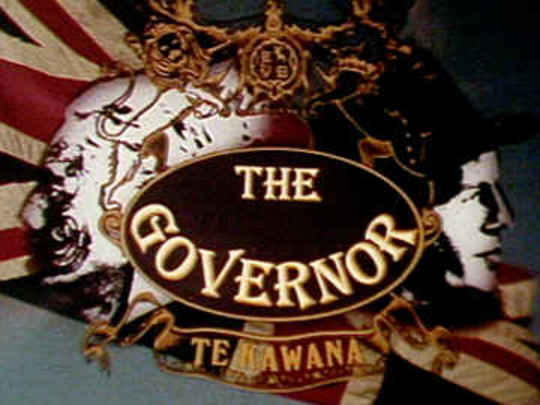Our family and relations are the only living link with a people, a culture, that’s virtually disappeared.
– Charles Solomon
In fact the ancestors of Moriori were not people of Melanesia or people chased out of New Zealand, but people from Polynesia who settled the Chathams.
– Ethnologist David Simmons, on the discovery by Dr HD Skinner that Moriori and Polynesian adzes were alike
The New Zealanders commenced to kill us like sheep wherever we were found. Some of our people were eaten, and others thrown to the birds of heaven.
– The memories of Moriori Hirawanu Tapu, who was 11 when roughly 900 Te Āti Awa people arrived on Rēkohu
The Moriori were the first to cross this ocean, after sailing further from their homeland than any other Polynesian group.
– Narrator Bill Saunders, early in this documentary
The last Moriori, Tommy Solomon, has descendants living in New Zealand. Incredibly, the story of his people — who they were, how they lived, and why they died — has been lost to his family.
– Narrator Bill Saunders, at the start of this documentary
The Morioris built their settlements close to seal colonies. They relied on them for food and clothing, and took great care to preserve the breeding grounds. The sealers who arrived at the beginning of the 19th century observed no tapus. They plundered the seal colonies, and within 30 years reduced the numbers from 20,000 to just a few. The colonies have never recovered.
– Narrator Bill Saunders, in clip three
...the Morioris, uniquely among Polynesians, lived in peace. They lost the art of warfare and became vulnerable to invasion, but it was a noble experiment, which produced 600 years of living in harmony,
– Narrator Bill Saunders, in clip three
The Moriori were about the only Polynesians entirely dependent on hunting, gathering and fishing. Their most remarkable feature though was their pacifism: they lived without war for centuries, while their territory was undisturbed by invaders.
– Narrator Bill Saunders, in clip one
The economy today is based on the execeptionally rich marine life, as it was in Moriori times.
– Narrator Bill Saunders, in clip one
Many of the native birds and plant species have suffered the same fate as as the native people. In Moriori times there were probably between two and three thousand people living here. Today's population is only 500.
– Narrator Bill Saunders, in clip one
Most of the carvings were probably done in the last 200 years. They're only few and far between now. They're disappearing at a very fast rate.
– Ethnologist David Simmons on the distinctive tree carvings (dendroglyphs) found on Rēkohu
The plan of Doug Sutton's archaelogical site has been used as the basis for this reconstruction of a 16th century village. Local scouts, the Chatham Island Museum and others in the community are helping in this first ever attempt at recreating a Morirori settlement.
– Narrator Bill Saunders describes the Moriori village featured in the documentary
The village we excavated we found to be highly structured. It was laid out in plan as a series of activity areas ... Cooking was undertaken, quite significantly, between the the rubbish dumps and the areas in which people lived. They didn't cook in the houses.
– Moriori expert Douglas Sutton
a valuable historical document ... [achieves] the rare feat of being both imaginative and objective.
– Evening Post critic Juliet Hensley, 1980
Those not killed were taken as slaves ... Children were seperated from their parents.
– Narrator Bill Saunders describes what happened to the Moriori after Te Āti Awa people arrived on the Chathams
The cause of many deaths was what the Morirori called kongenge — despair. Forced to break their tapus, they believed they were no longer protected by the gods. They simply gave up.
– Writer/narrator Bill Saunders describes how many enslaved Moriri died after the events of 1835
It's entirely unfair to describe what happened as a case of genocide. Genocide has to do with a self-conscious attempt to exterminate an ethnic group. And in fairness what happened was that the Māoris went to the Chatham Islands desperate to control some territory. They had been shunted down the West Coast of the North Island of New Zealand, and then finally driven from Wellington, and they wanted to own some land of their own. And they killed as many Morioris as it took to establish their legimate claim, it is in Māori law, to the ownership of the Chatham Islands.
– Moriori expert Douglas Sutton on the 1835 arrival of roughly 900 Te Āti Awa people on the Chathams
If the Māori hadn't arrived in the Chathams 1835 there's little doubt there would still be a living population of Moriori people.
– Otago University professor Phil Houghton
